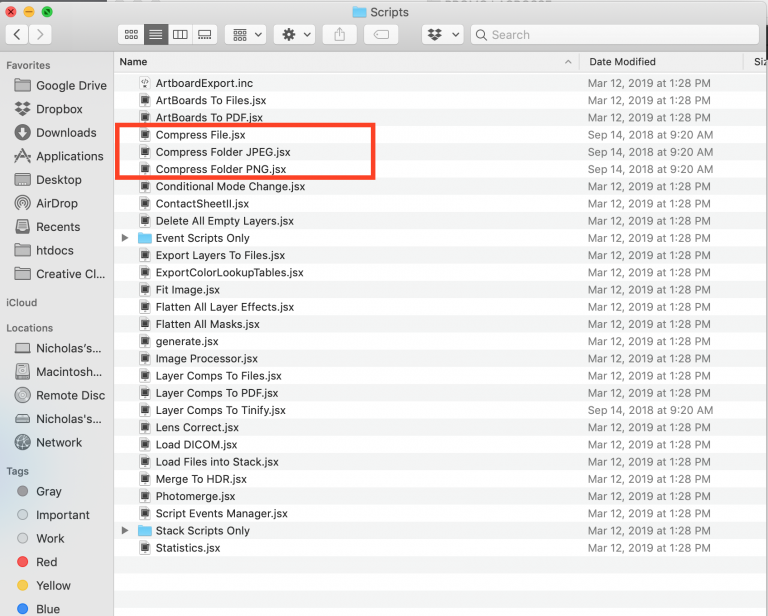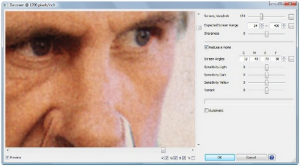


Just Right: If image size is the same as the display size then there is no wasted data and the image will not need to be stretched, so it will be high quality.If you know that your image will be rendered at a fixed, known size, then this is great.In many cases, like on a website, your image will be rendered differently on different devices, so it’s not possible to always match these two.The other important factor is the display size – the number of pixels that the image will occupy on the screen that it’s displayed on. The resolution of a photo is the size in pixels of its horizontal and vertical edges, usually expressed as something like 6016x4014px. If it’s too big, it can reduce your website’s performance and SEO. You might as well use an image that’s the right size, which will save upload time and storage space.Īnother reason is that some websites will deliver the image to the viewer’s device at the same resolution it was uploaded, letting the client’s device scale it correctly. Why do you need to resize an image? It’s usually because most platforms on the web and social media don’t display images at full resolution. My Lightroom Export Images dialog, showing JPEGMini which I use to reduce file sizes (reviewed here).


 0 kommentar(er)
0 kommentar(er)
